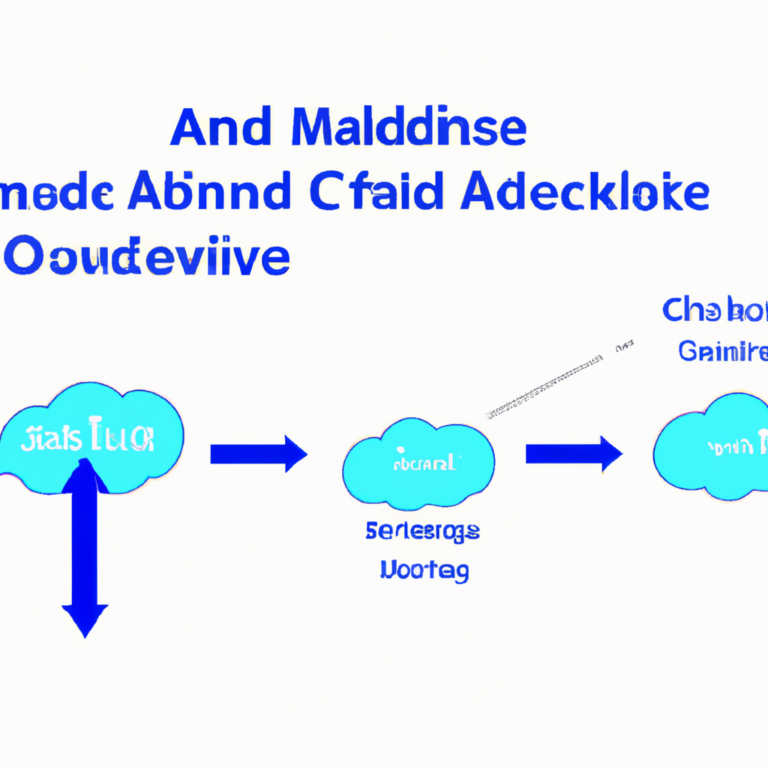Understanding Overbought and Oversold Conditions
When it comes to trading in the financial markets, understanding overbought and oversold conditions is crucial for making informed decisions. These terms refer to the levels at which an asset’s price is considered to be either too high (overbought) or too low (oversold) based on historical price movements. Traders use these conditions to anticipate potential reversals in price direction, allowing them to capitalize on market movements.
What are Overbought and Oversold Conditions?
Overbought conditions occur when an asset’s price has risen significantly over a short period, leading to a potential reversal in price direction. This is often a sign that the asset is trading at a premium and may be due for a pullback. On the other hand, oversold conditions occur when an asset’s price has fallen significantly over a short period, indicating that the asset may be undervalued and due for a rebound.
Indicators for Overbought and Oversold Conditions
There are several technical indicators that traders use to identify overbought and oversold conditions. Some of the most commonly used indicators include the Relative Strength Index (RSI), Stochastic Oscillator, and Moving Average Convergence Divergence (MACD). These indicators provide traders with a visual representation of an asset’s momentum and can help identify potential reversal points.
Trading Strategies for Overbought and Oversold Conditions
When trading in overbought conditions, traders may look to sell their positions or enter short trades in anticipation of a price reversal. Conversely, when trading in oversold conditions, traders may look to buy assets or enter long trades in anticipation of a price rebound. It’s important to note that overbought and oversold conditions are not always a guarantee of a reversal, so traders should use other technical analysis tools to confirm their trading decisions.
Risks of Trading Overbought and Oversold Conditions
While overbought and oversold conditions can provide valuable insights into market sentiment, they can also be risky for traders. It’s important to remember that markets can remain in overbought or oversold conditions for extended periods, and attempting to time a reversal can result in losses. Traders should use a combination of technical indicators and risk management strategies to minimize their exposure to potential losses.
Conclusion
Understanding overbought and oversold conditions is essential for successful trading in the financial markets. By using technical indicators to identify these conditions, traders can make informed decisions and capitalize on potential price reversals. However, it’s important to remember that trading in overbought and oversold conditions carries risks, and traders should use caution and proper risk management techniques to protect their capital.










